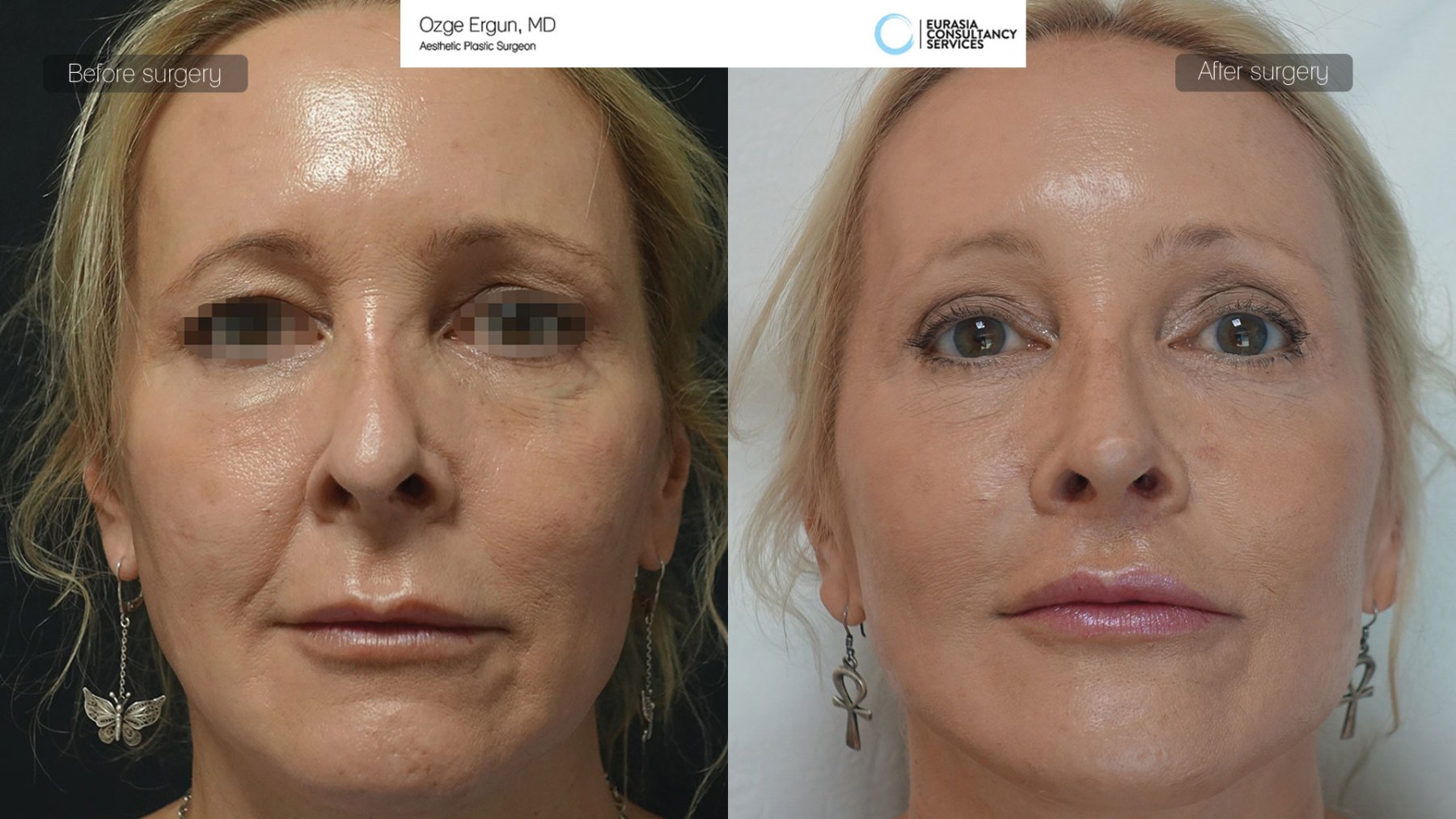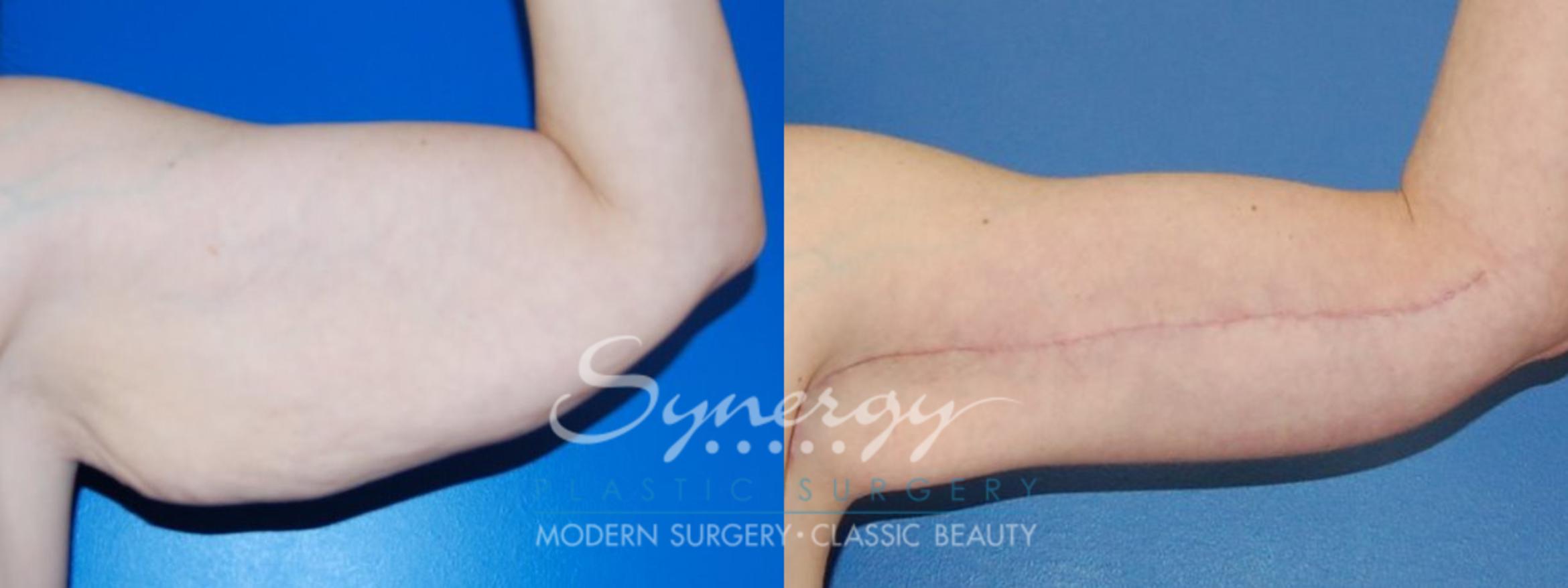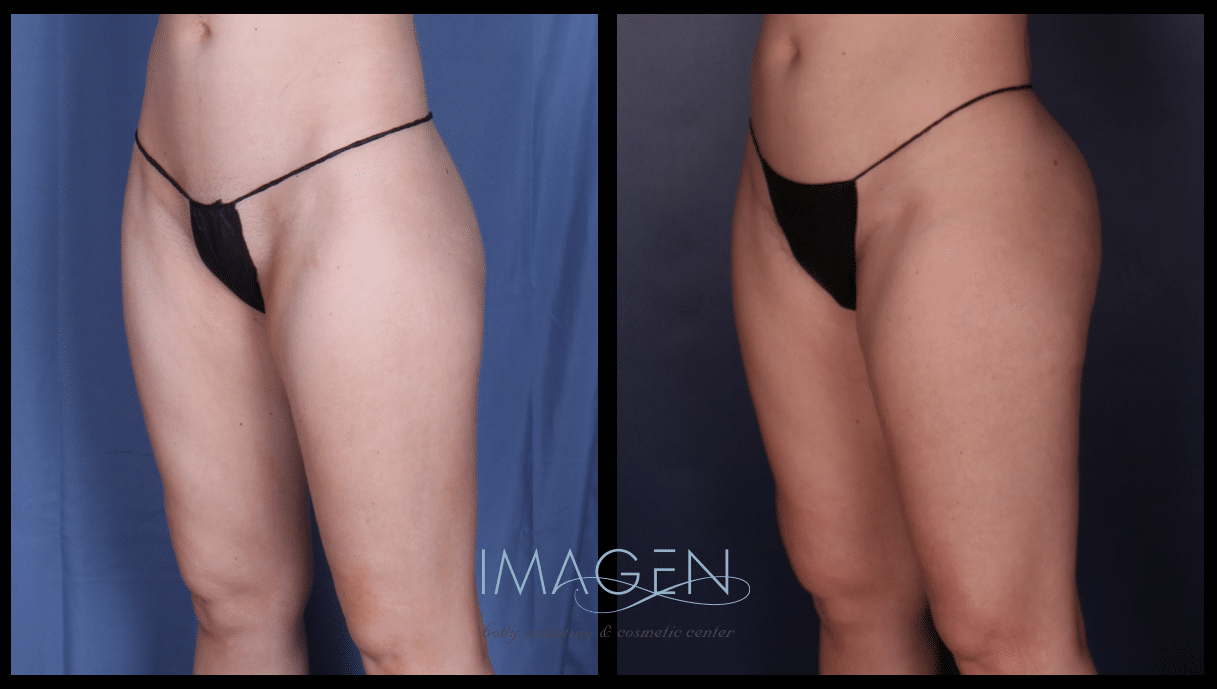
Fluid retention under one eye can be relieved by using a cold compress. A cold compress could be made with a warm washcloth or a chilled spoon. This can be done for as long as 20 minutes. Tea bags can also be used to reduce fluid retention under the eye. Using a cold metal facial roller can also be very helpful.
Salt and sodium
Fluid retention is a condition where fluid builds up under the eye. You can reduce salt and sodium intake to soothe irritation and swelling. Avoid processed foods, salty packaged foods, and drink plenty of water to flush the body of sodium. The American Heart Association recommends adults limit their intake to 1,500 mg of salt per day. The majority of Americans consume more than twice this amount.
Fluid retention under one's eyes can occur from many different factors. However, the most common cause is excessive salt intake. Inadequate sleep, allergies and hormone changes can all cause the condition. Processed foods, canned beans, and meats can all contain sodium. High intakes of processed foods could also contribute to this condition.
Allergies
An allergy is the most common reason for swollen eyes. Angio-oedema, which is an allergic reaction, can be severe. This condition causes the skin around the eye to swell up and cause pain and itching. It can also affect the skin around the eyes, the hands, and the feet. An allergy, or infection could trigger it. It can also occur in families.

Some foods, chemicals and even pollen may trigger allergies. You might also be allergic if something is in your house, like dust or pet fur. Although allergies can't be avoided, it is possible to avoid them.
Sun exposure
If you suffer from sunburn or suffer from under-eye bags, the best way to reduce the appearance of these skin problems is to limit your sun exposure. The sun's UV rays are harmful to the skin and break down collagen and elastin. These proteins are important for skin structure and firmness. Sagging can be caused by prolonged exposure to the sun. This can cause mild under-eye swelling.
Photokeratitis may also develop from sun exposure. It is a temporary, but serious, condition of the eye that is caused by prolonged exposure to the ultraviolet rays. This inflammation can affect the cornea, the clear tissue covering the inside and outside eyelids. This problem is more common in high-altitude residents. Living in high-altitude areas is more likely to be exposed to UV rays. They can cause temporary damage to the eye and may impair vision. Fortunately, UV-B rays are absorbed by the ozone layer, and therefore are not as harmful to the eyes.
Blockage of tear-ducts
While it can be painful, a blockage of the tear-ducts under one's eye can be very treatable. There are many non-surgical and surgical options available to open these ducts. A doctor should be consulted if you suspect that your tears ducts might be blocked.
The cause of a blocked tear duct depends on what is causing it. Surgery may be required to clear the obstruction. You can also use protective eyewear and medications to treat blocked tear ducts.

Anaphylactic shock
Anaphylaxis refers to a medical condition where the body's immune system attacks allergens. Anaphylaxis can result in shortness or complete loss of consciousness. It is a serious medical condition that needs immediate attention and treatment. Anaphylaxis affects about one in 50 people in the United States. Research suggests that the incidence of anaphylaxis may be much higher. It could affect as many as one in 20 Americans. The symptoms may appear within 5 to 30 minutes after the allergen is exposed. In some cases, the reaction may take longer.
Fluid can buildup in body tissues when the body's immune systems is overwhelmed. This can cause the eyes to swell. Anaphylaxis can be caused by food allergies, medications, or other causes. Symptoms can include wheezing, shortness of breath, and difficulty swallowing.